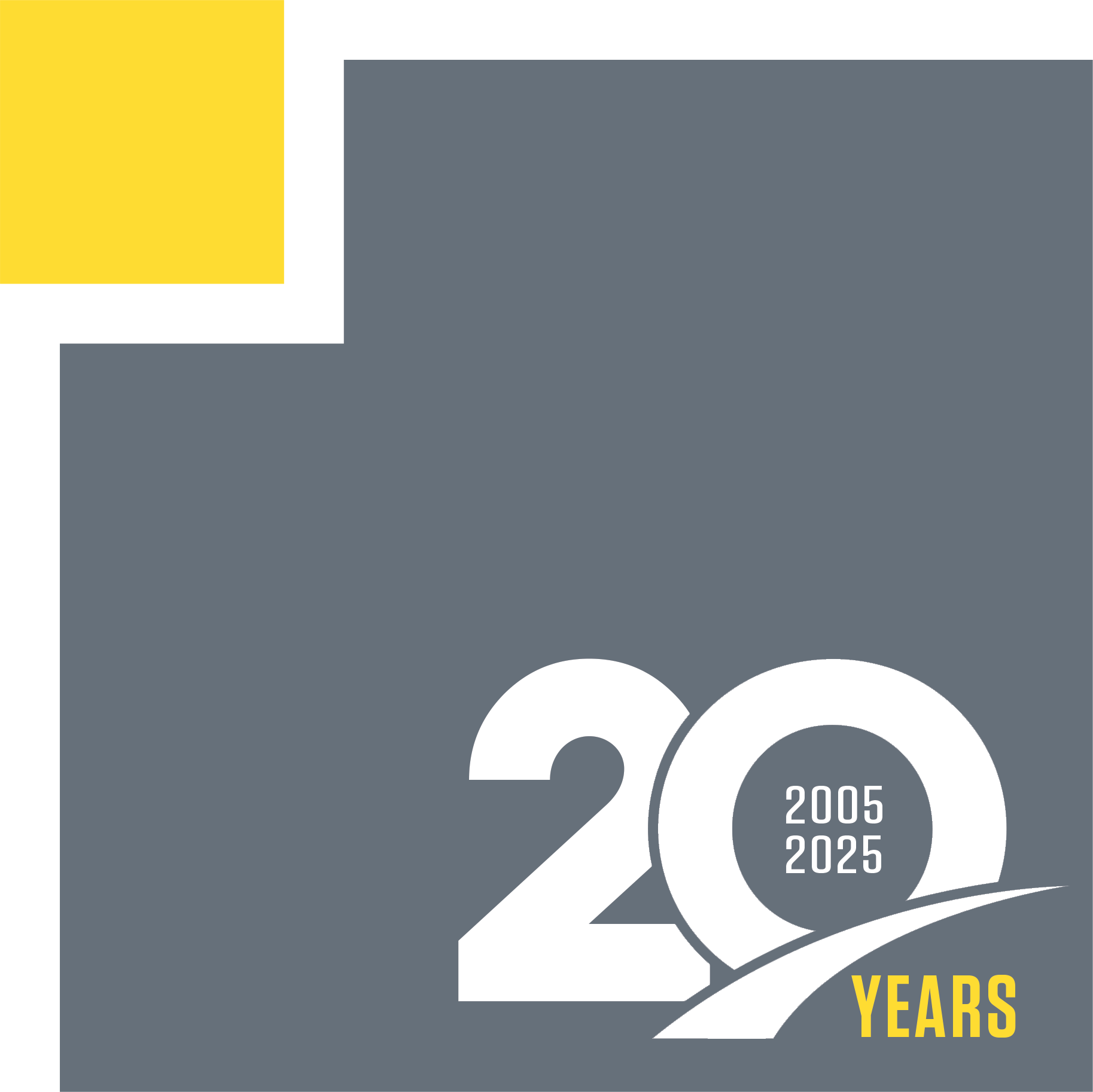[vc_row padding_top=”0px” padding_bottom=”0px”][vc_column fade_animation_offset=”45px” width=”2/3″][text_output]
Shepard Nevel, President and CEO, LiveWell Colorado
This is the time of year that many New Year’s resolutions begin to drop off. I’ve certainly dropped a couple myself. The Wall Street Journal’s Rachel Bachman refers to it as the “February dip.”
The good news is that there are practical lessons to help sustain resolutions, which apply as readily to the workplace as they do at home.
Bachman advises that a positive new habit should be “realistic enough to be reachable but challenging enough to be worthwhile.”
Similarly, Gretchen Rubin, bestselling author of The Happiness Project, provides several tips for sustaining resolutions that include not letting the perfect be the enemy of the good, and thinking both “big and small!”
At LiveWell Colorado, we’re privileged to think big and small to combat the epidemic of obesity and make Colorado the healthiest state in the nation. Examples include improving access to healthier and more affordable food for all Coloradans, expanding pedestrian- and biking-friendly opportunities, increasing our kids’ level of physical activity from a mediocre 24th nationally to best in nation, and advancing worksite wellness. With 22 locally led coalitions throughout the state and active partnerships with 98 school districts and 34 cities and towns, LiveWell Colorado aims “big” by improving wellness for more than one million Coloradans through these efforts and a focus on environmental and policy changes. But we think “small” by recognizing that wellness also depends on the commitment of every individual, family and business, often with one achievable but meaningful step at a time.
Charles Duhig, in Power of Habit, shares the now legendary story of Paul O’Neill when he was selected as the new CEO of the giant but struggling Aluminum Company of America (Alcoa). At his first meet and greet with investors and stock analysts, O’Neill stunned and worried the seasoned audience; failing to even mention the word “profits” or suggesting any of the typical strategies for achieving a turnaround, he focused his remarks exclusively on worker safety. Many investors in the room rushed to inform their largest clients to sell their stock. Yet, within one year, Alcoa’s profits would hit a new high and within three years, the company’s net income increased by 500 percent. So how did O’Neill do it? Writes Duhig, “by attacking one habit and then watching the changes ripple through the organization.”
Attacking one habit. What can work with individual behavior, and more broadly with a large organization, can catalyze even bigger change. “Movements don’t emerge because everyone suddenly decides to face the same direction at once,” writes Duhig. “They rely on social patterns that begin as the habits of friendship, grow through the habits of communities and are sustained by new habits that change participants’ sense of self.”
[/text_output][/vc_column][vc_column fade_animation_offset=”45px” width=”1/3″][text_output][widgets_on_pages id=”Blog Sidebar”][/text_output][/vc_column][/vc_row]
